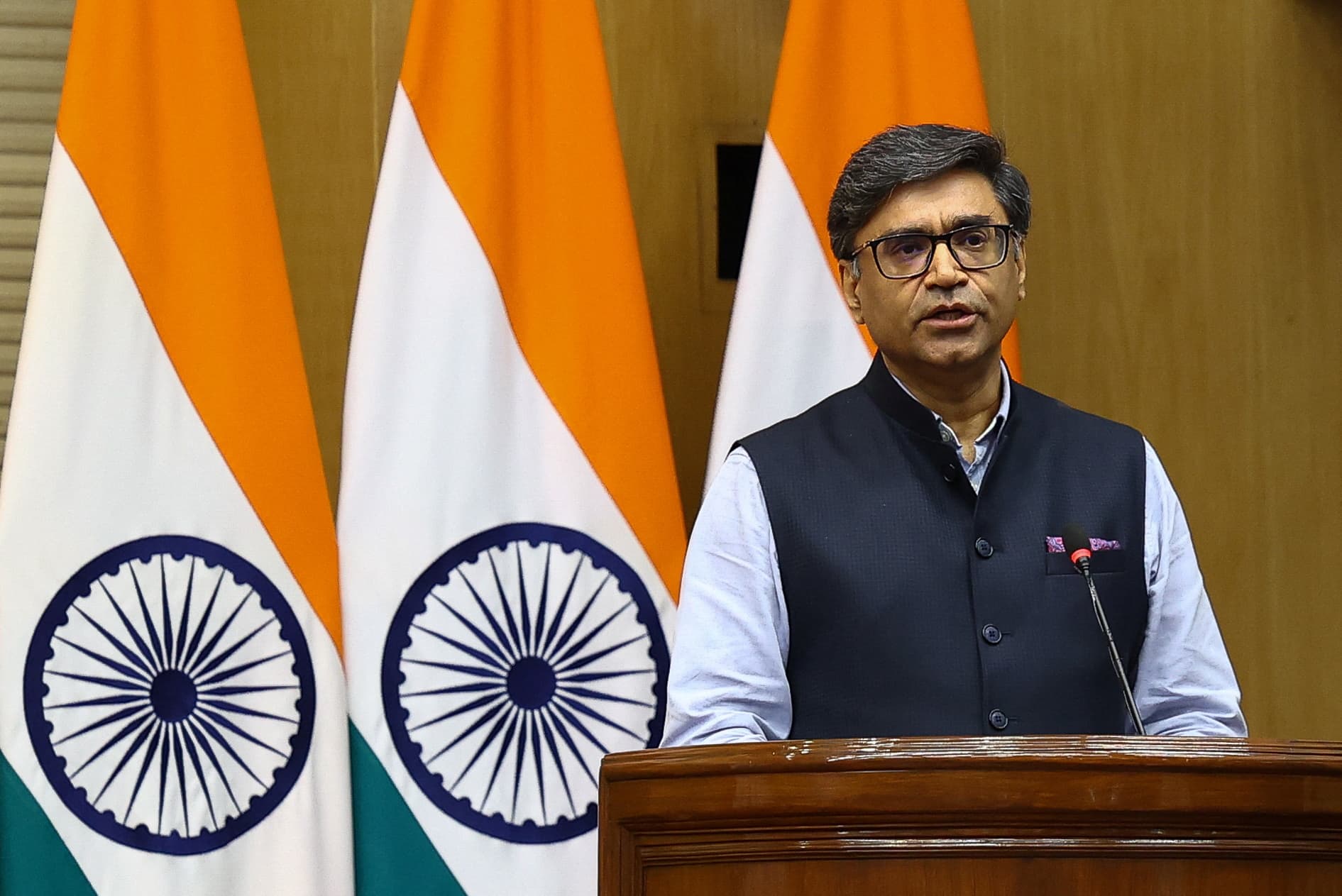
The Ceasefire That Defused a Nuclear Powder Keg
Picture this: two nuclear-armed neighbors locked in a deadly game of tit-for-tat missile strikes, with drones buzzing over contested borders and social media fueling wartime hysteria. Then, just as the world holds its breath—*poof*—a ceasefire materializes, brokered by an unlikely mediator. This isn’t a spy thriller plot; it’s the real-life détente between India and Pakistan in [insert year], where a “long night” of U.S.-mediated talks pulled the region back from the brink.
The Spark That Lit the Fuse
The escalation began with India’s targeted strikes on Pakistani airbases—a move Islamabad interpreted as a red line. Pakistan’s retaliatory drone attacks turned skirmishes into a full-blown crisis, with both sides trading fire across the Kashmir divide. Social media became a battleground too, with nationalist hashtags (#NotOneStepBack) and leaked footage of missile launches going viral. Behind the scenes, though, a quieter drama unfolded: U.S. diplomats, armed with backchannel intelligence and caffeine, scrambled to orchestrate a truce before a misfired missile could spiral into catastrophe.
The Midnight Deal-Makers
Enter the U.S. as the reluctant referee. President Trump’s abrupt Truth Social announcement—“Big progress with India and Pakistan!”—caught even analysts off-guard. But the real heavy lifting happened off-platform. Sources later revealed marathon negotiations at a neutral site (rumored to be Oman), where envoys hashed out terms under three non-negotiables:
Critics called it a Band-Aid solution, but the immediacy worked. By sunset, frontline troops stood down, and a rare joint statement—vetted by Washington’s legal teams—hit the wires.
Why This Ceasefire Was Different
Unlike past ephemeral truces, this one had teeth. For one, the U.S. leveraged more than diplomacy; it dangled trade incentives (hello, stalled F-16 deals for Pakistan) and data-sharing pacts with India. Secondly, both nations had economic wildfires to put out: Pakistan’s inflation had hit 35%, and India’s stock market was bleeding $2 billion daily during the clashes. Even hawks realized that missiles are pricey when your currency’s in freefall.
Most crucially, the agreement framed de-escalation as a *process*, not an event. Follow-up talks would tackle Kashmir hydropower disputes and cross-border narcotics trafficking—unsexy but pragmatic fixes that previous summits had avoided.
—
The Aftermath: A Fragile Peace
The ceasefire held, but the subcontinent’s geopolitical PTSD lingers. Social media trolls still trade insults, and spy agencies likely continue shadow games. Yet, the episode proved two things: First, brinkmanship has an expiration date when economies crumble. Second, third-party mediators—especially those with leverage—can force even archrivals to pause and recalibrate.
As for the U.S.? It walked away with a rare PR win, though skeptics whispered, “Cool, but what’s the *real* quid pro quo?” For now, the answer’s buried deeper than a Black Friday discount bin.
